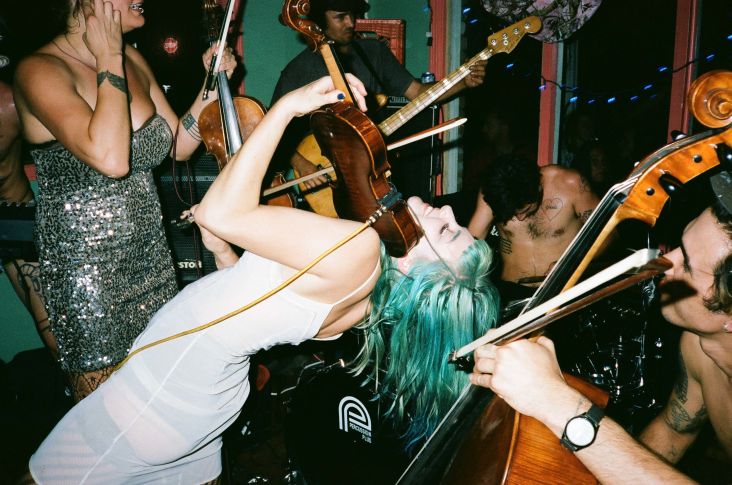Amber Day on the psychology of her work and the physicality of emotion
"Growing up in the Southwest with a preacher dad in a cowboy culture household," LA-based illustrator Amber Day recalls, "I spent most of my time either in the church planning sermons or fixing old cars with my grandpa, memorising every Johnny Cash song ever written," she adds.
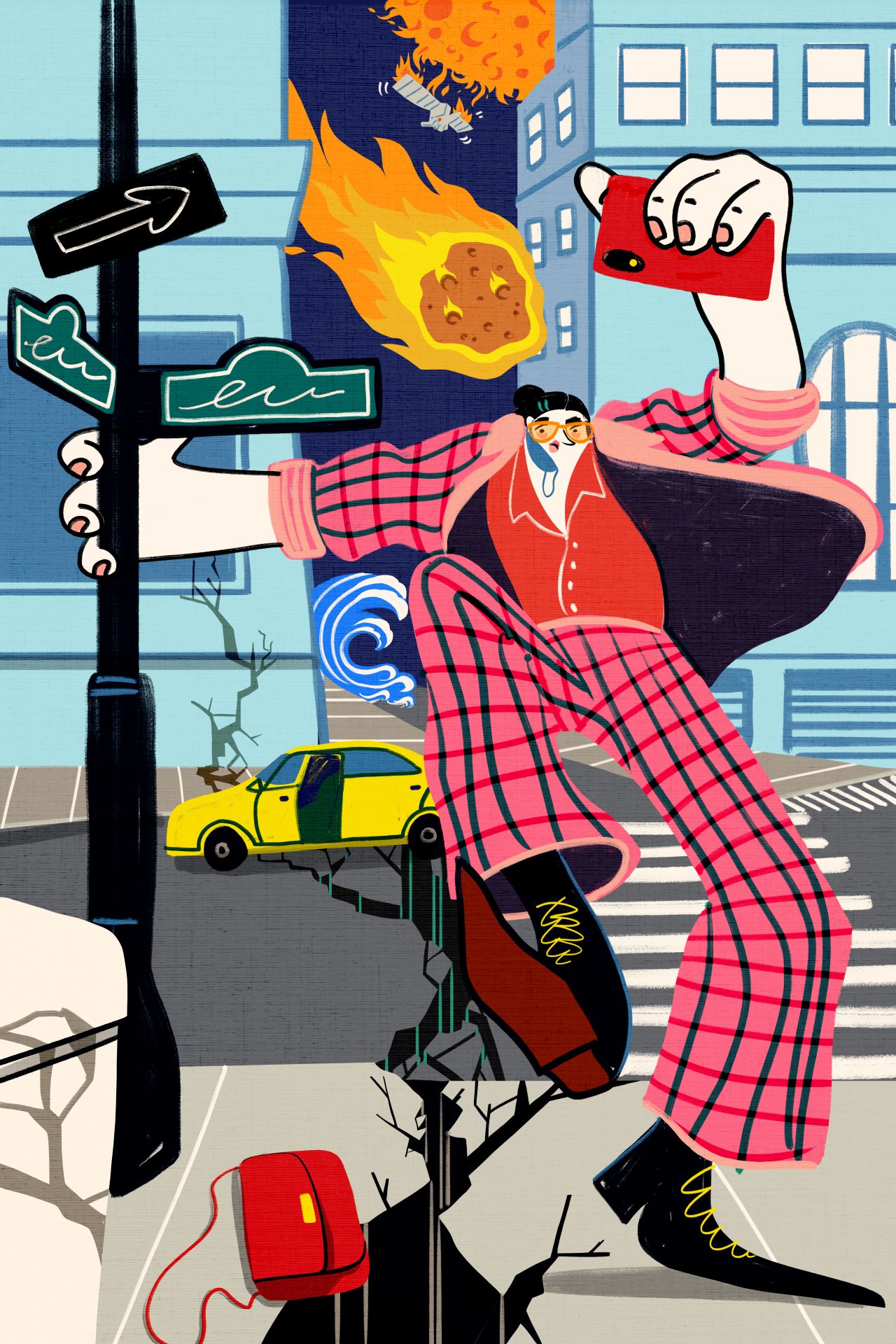
It's a retelling of her '90s upbringing that you wouldn't necessarily expect from the unfettered style of her exuberant illustrations – be it her professional practice or her personal exploratory endeavour, VISBII.
Back then, having technological restrictions, such as not being allowed a mobile phone until she was 18 or knowing what cable TV was until moving out of state, it seems that the unrestrained, easy-going and independent mark making of her work is a spiritual reaction to this. "My siblings and I spent our days outside making up stories and using our imaginations to pass the time," Amber explains. "I remember feeling like such a dork because we didn't have MTV but looking back now, I could not have been more grateful for the way I was raised, as I truly believe it is the base of my creative practice."
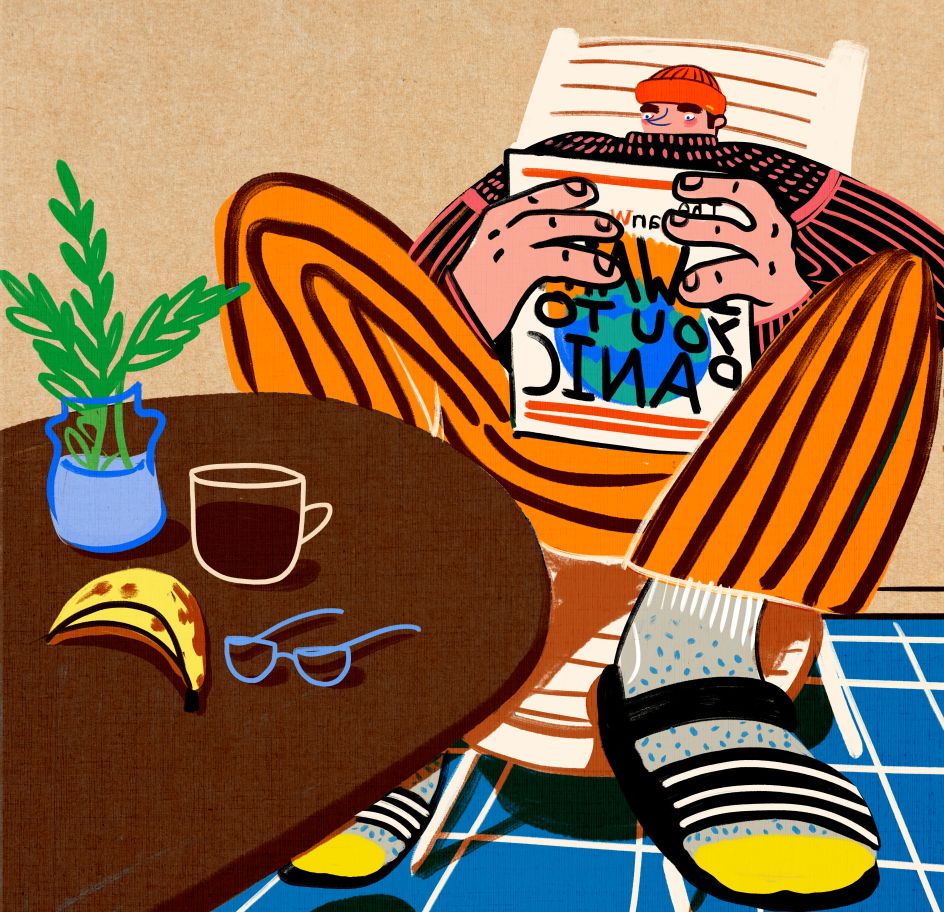
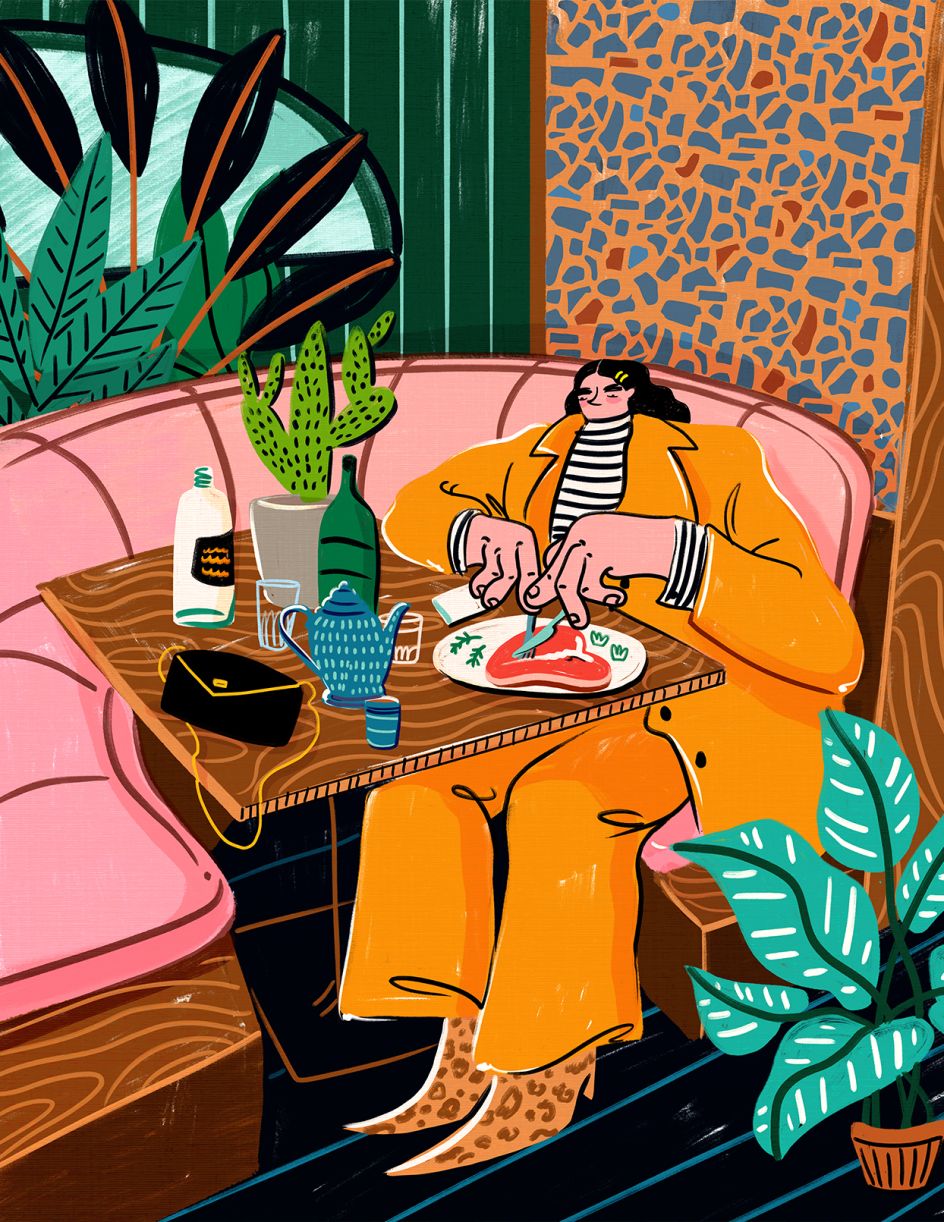
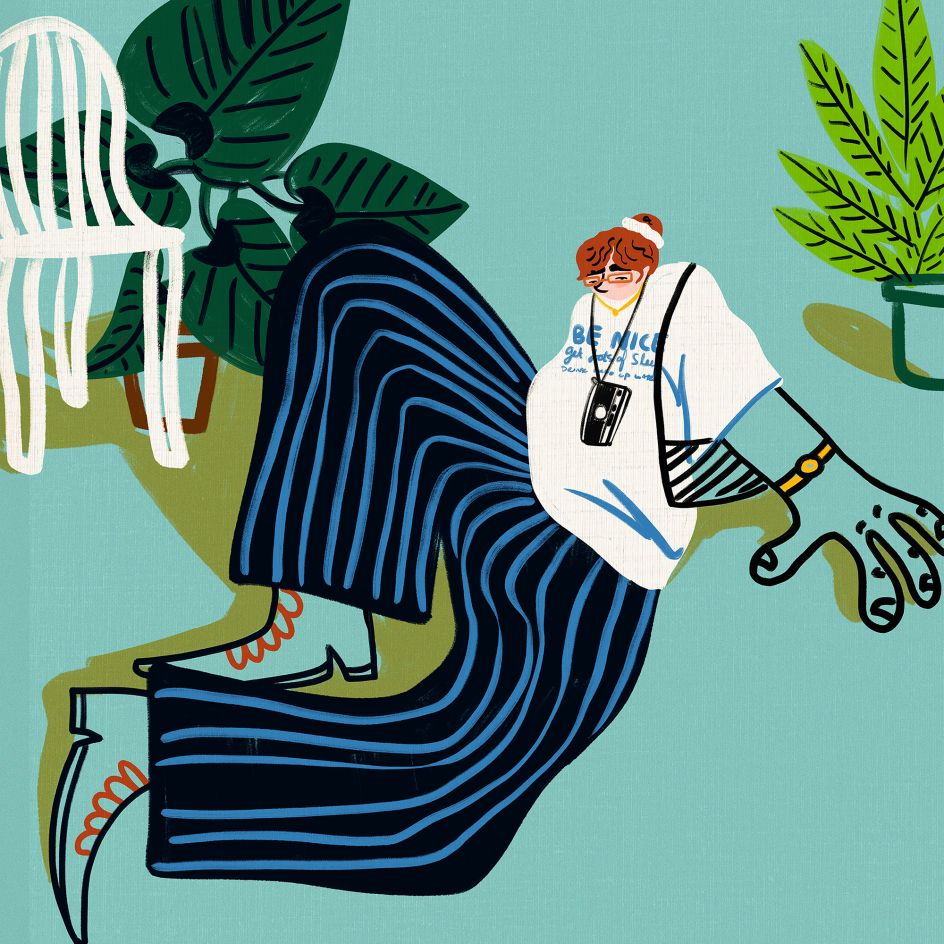
Now tackling each project and piece "with a philosopher's mind", Amber sees problems as stories to be told, as well as questions to be answered – using her work in a somewhat therapeutic way. "I've always viewed art as an extension of the artist," Amber explains, "a window to their messing minds, and a chance to show people how the world looks through a new perspective," she adds; forever exploring her world of emotions and possibilities through the work she makes.
With a magpie-like sense of interest – picking up fascinations with everything from Banjo-playing and horse showing to Greek Mythology – Amber finds the core influence of her work to be the psychology behind the creative process, alongside techniques for creative inspiration. "What I've learned is that true inspiration comes from tuning into ourselves through meditation, mindfulness, listening, and self-discovery," Amber remarks, taking herself years to reach a practice that is akin to her creative intuition. "Sometimes I'll go days without talking to another human being to give it the space and time it needs to tell me what it wants to create," she adds, "sounds a little 'voodoo', but I'm half Cherokee Indian, so voodoo runs in the family."
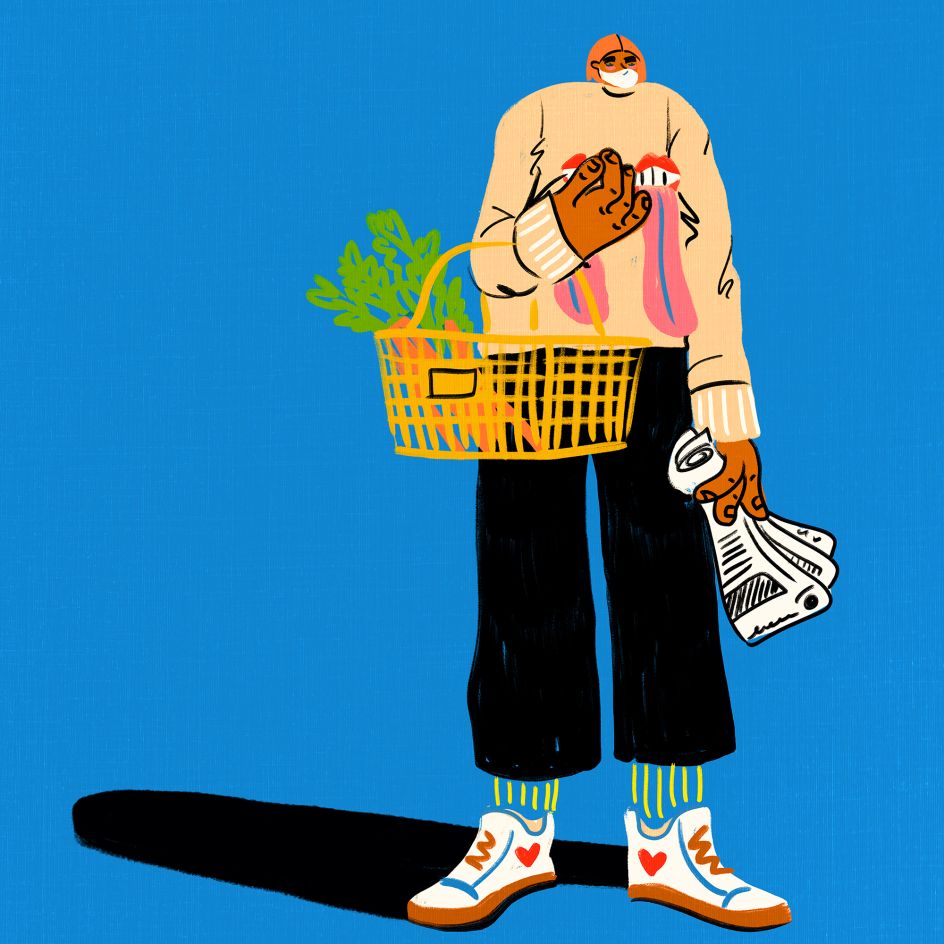
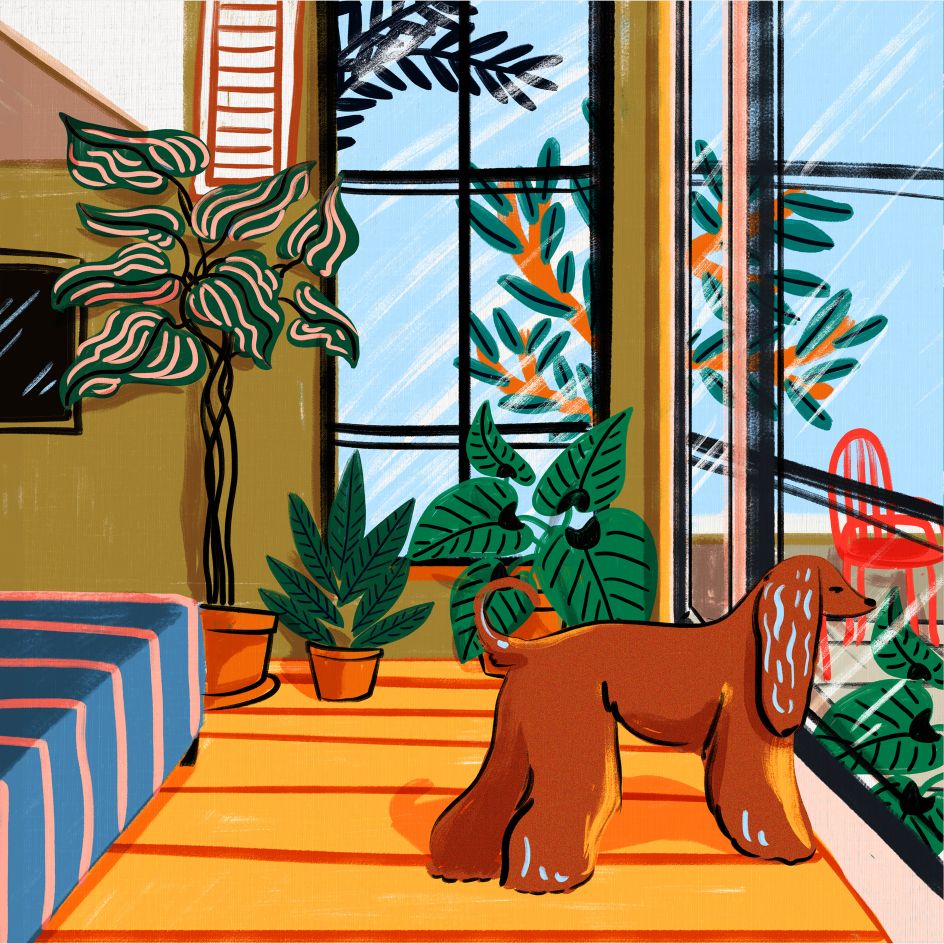
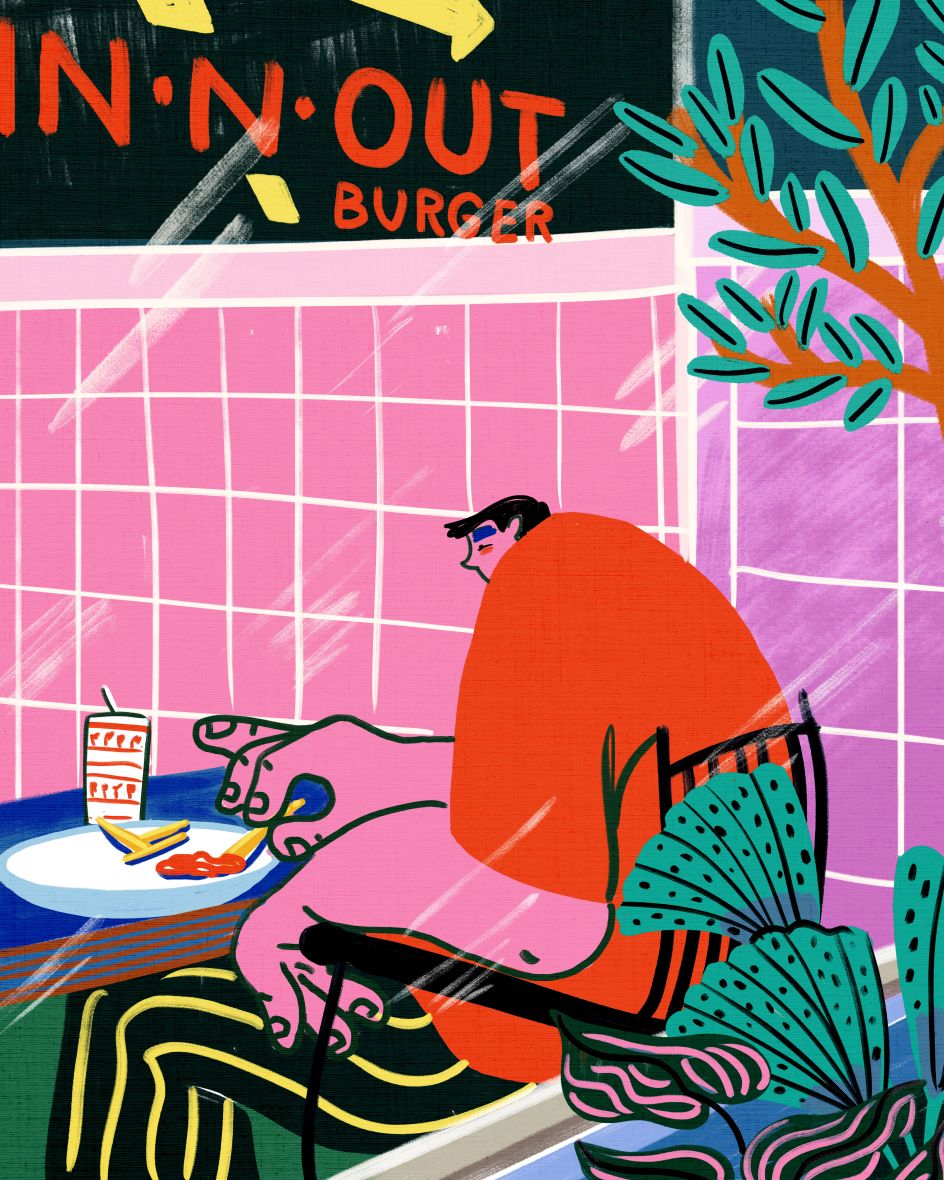
This sense of spirituality is beautifully complemented with the physicality and texture found innate to her work, where we feel a sense of exposure when faced with it. "I'm always looking for ways to humanise my work, and I'm very much drawn to organic materials like canvas and wool," Amber explains, finding the need for this visceral quality necessary to deepen her and the audience's connection to the work. Coming from a need to counter visual perfectionism, Amber's visual language is also a provocation, asking where we can push what we do and why not.
It's seen prominently in the proportions of the characters she draws, asking how we can express emotion more physically. "The idea of body language making up 55% of our actual communication has always fascinated me," Amber explains, "and I believe the work I create is my way of exploring that theory and seeing just how far I can push it." Believing this interest may stem from growing up with synesthesia, Amber tells us "my brain was (and still is) connecting human emotions to certain colours," explaining "I had to rely on body language most of my life to figure out what people were really trying to communicate." A result of which is also the conveyance of emotion through colour.
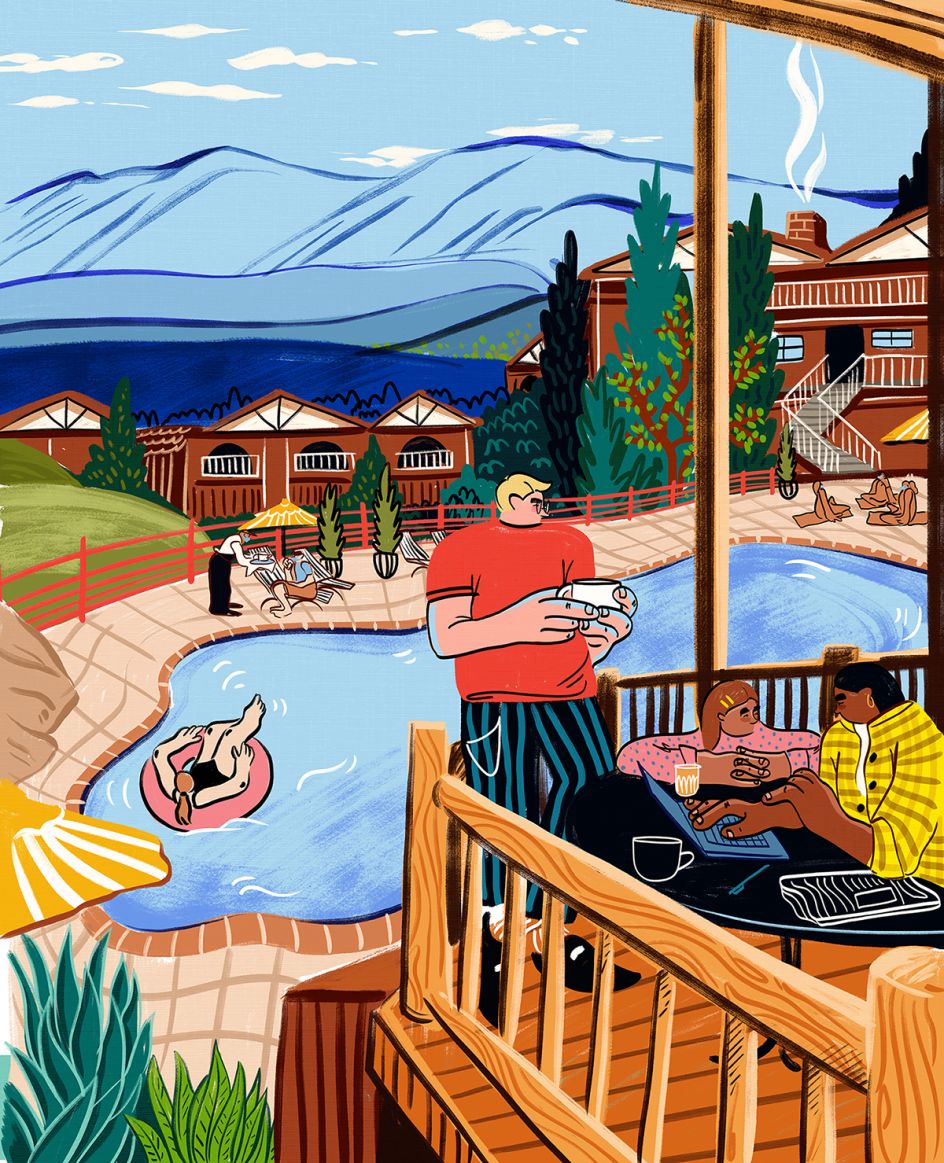
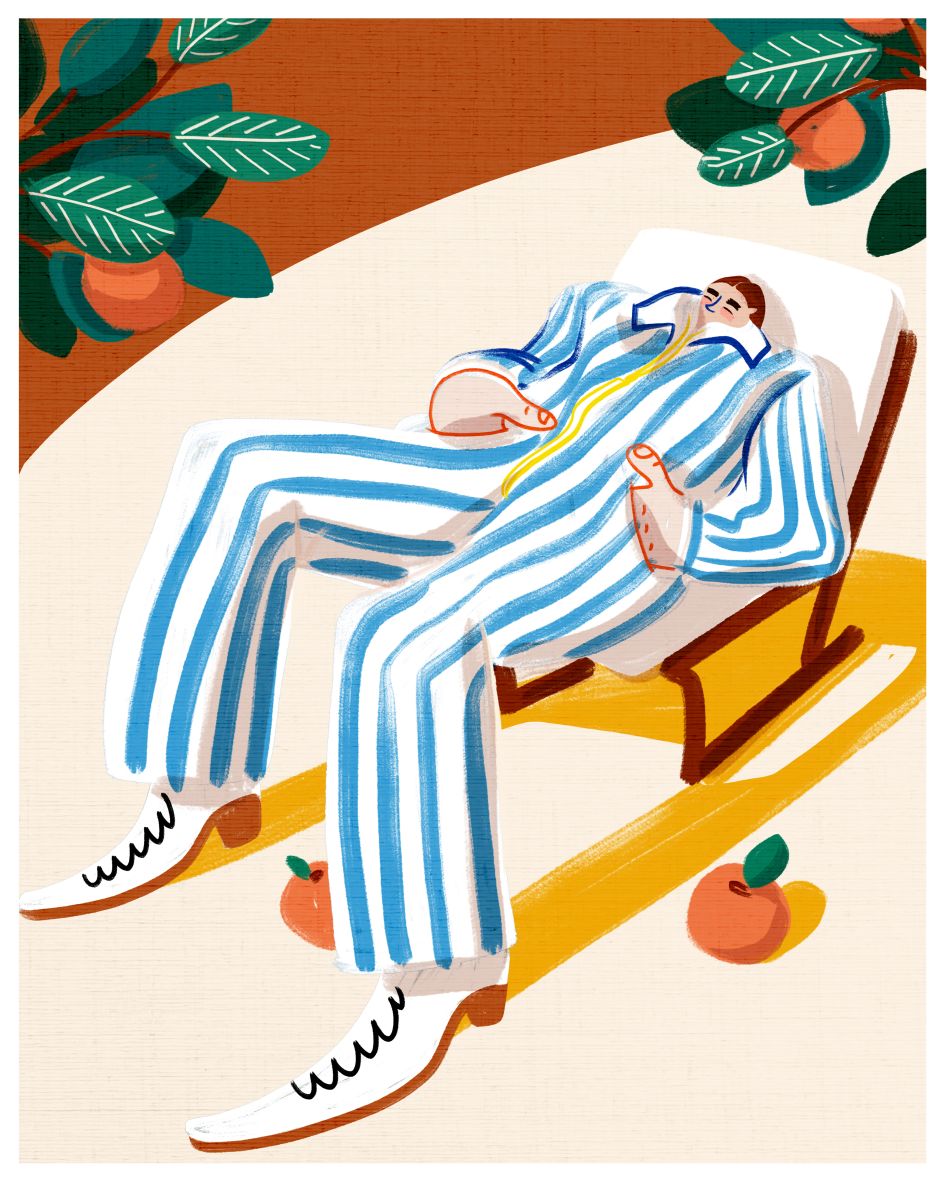
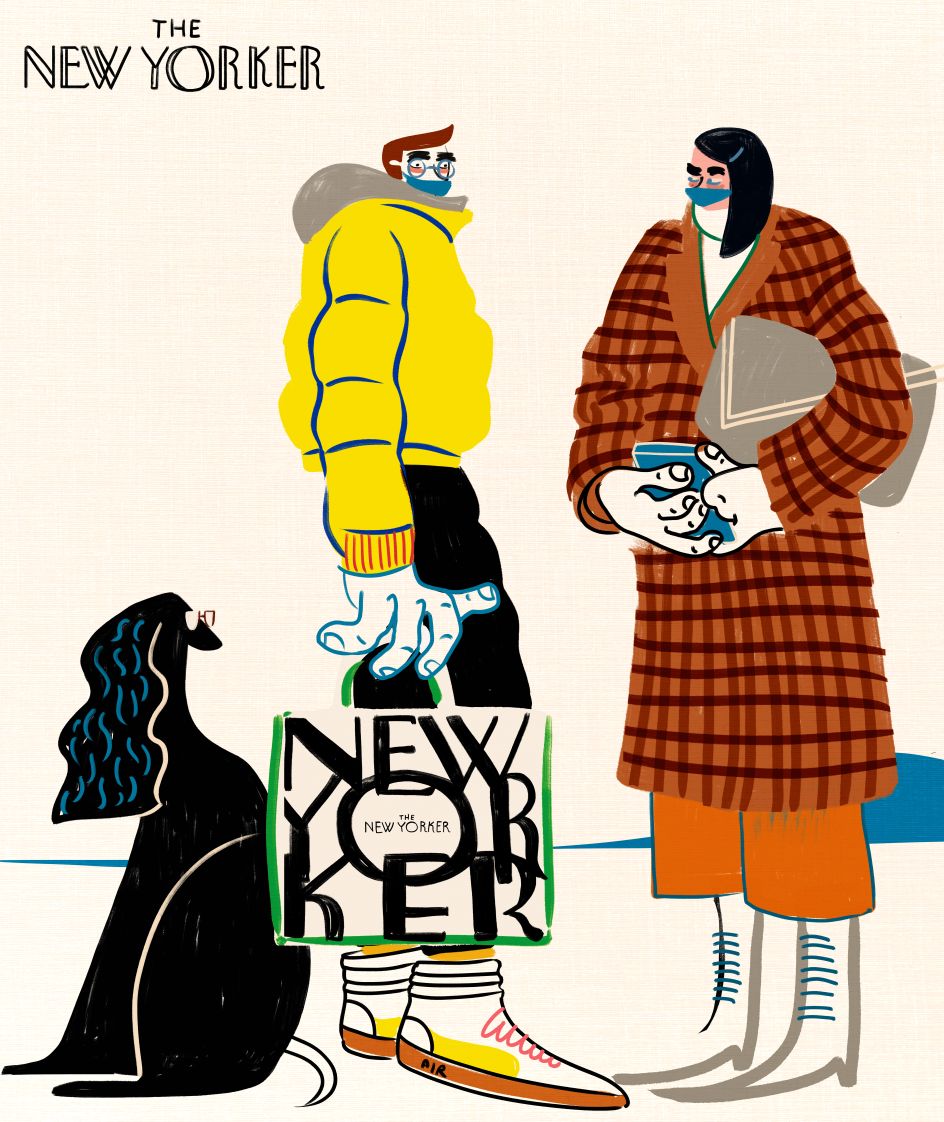
Alongside the purposeful mindfulness in Amber's work, another element ever-present is an unbridled playfulness, completing the "yin and yang" of her creative practice, strengthened through daily practices the likes of writing.
"I write every morning for about 10 minutes to get all of the clutter and nonsense out of my mind," Amber explains, "so I can live the rest of the day without sweating the small stuff." Using it as a way to contain an element of anxiety in her day, the result is a clearer, less conflicted mind for which to use creatively. "Getting these thoughts on paper first thing every day is like performing a mental detox," Amber remarks, "my creativity LOVES it."
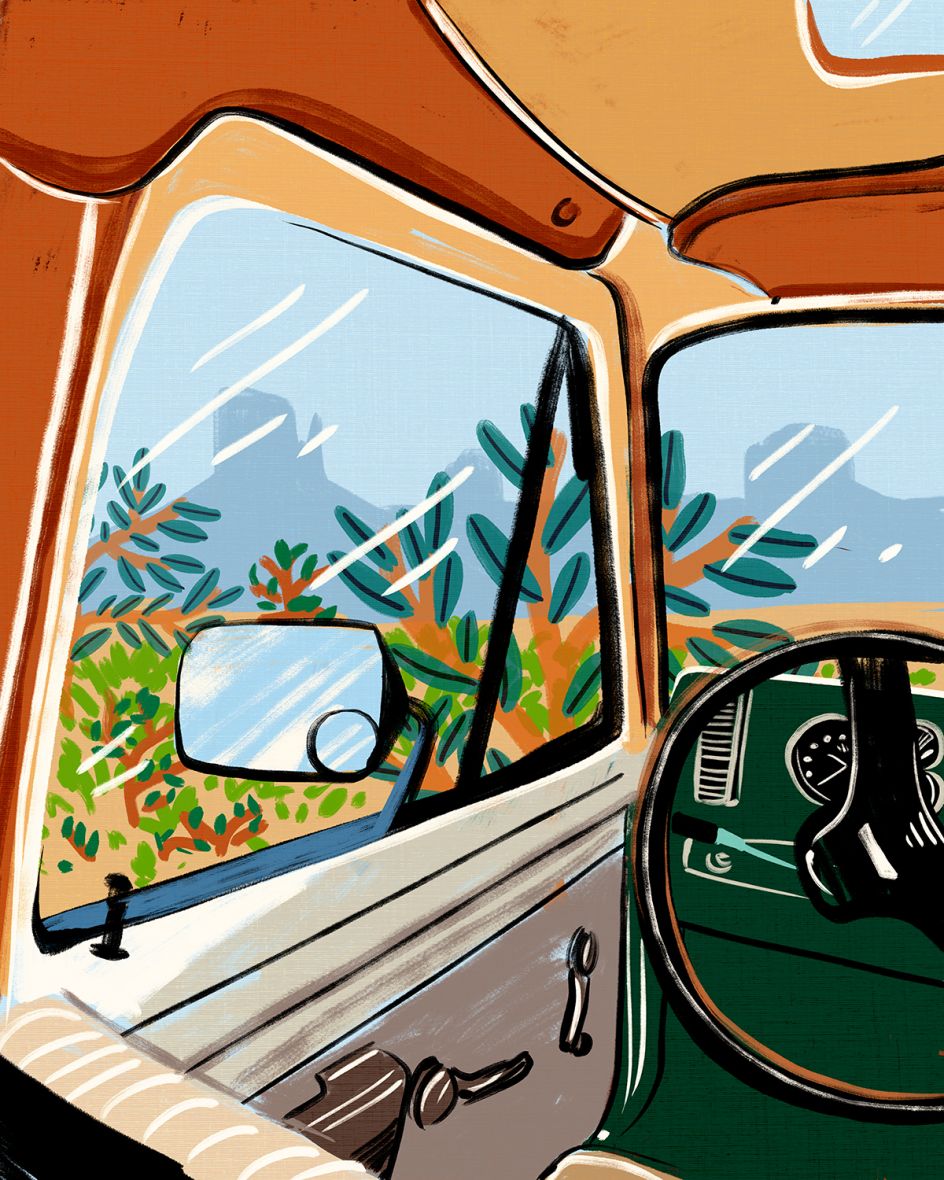
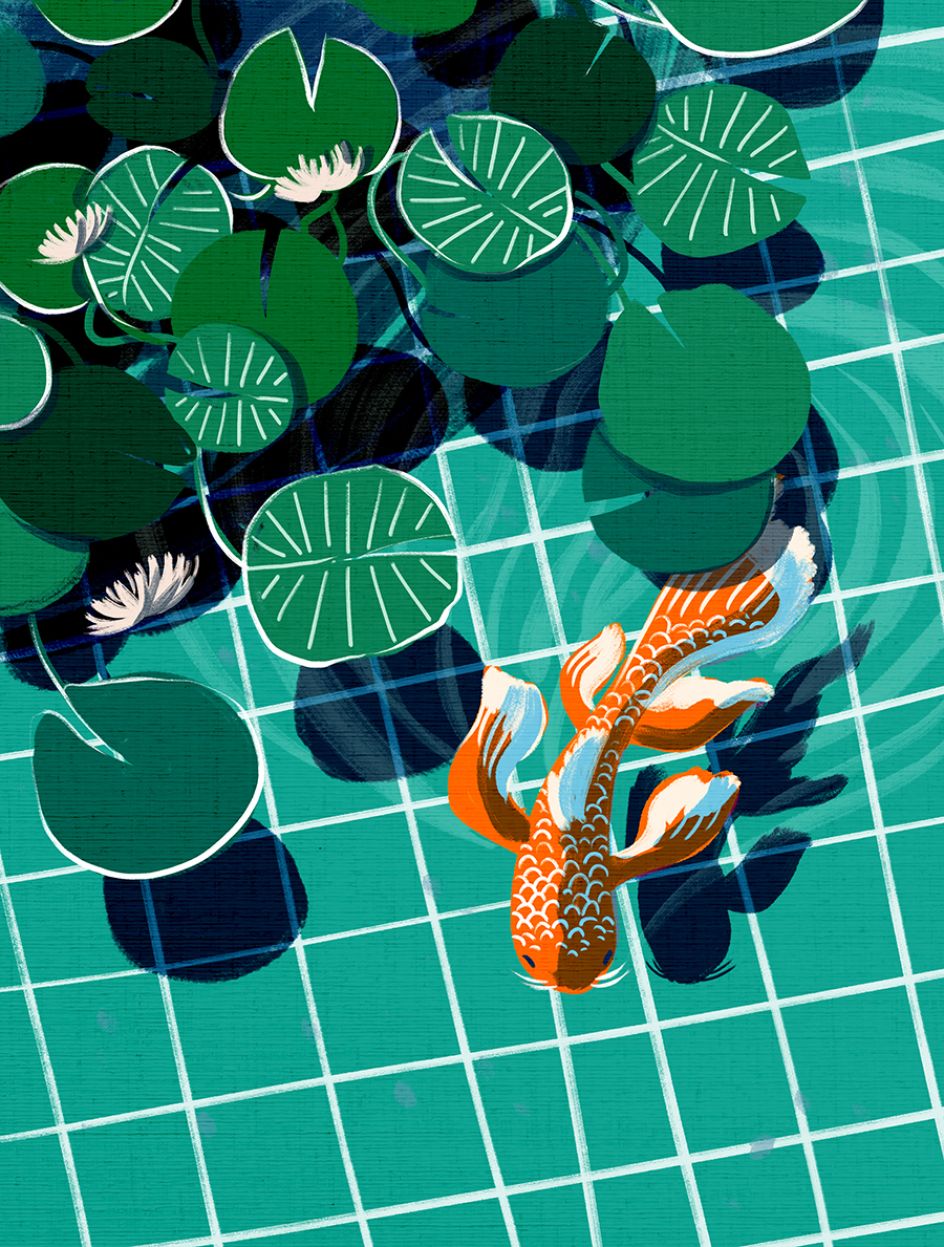




 by Tüpokompanii](https://www.creativeboom.com/upload/articles/58/58684538770fb5b428dc1882f7a732f153500153_732.jpg)


 using <a href="https://www.ohnotype.co/fonts/obviously" target="_blank">Obviously</a> by Oh No Type Co., Art Director, Brand & Creative—Spotify](https://www.creativeboom.com/upload/articles/6e/6ed31eddc26fa563f213fc76d6993dab9231ffe4_732.jpg)








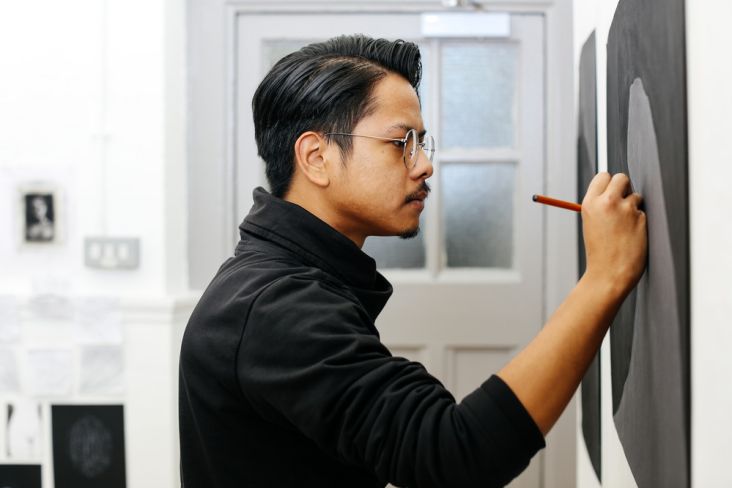
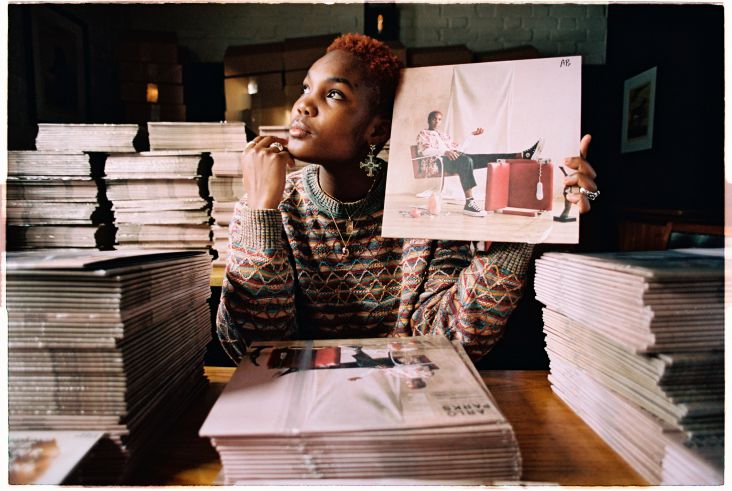

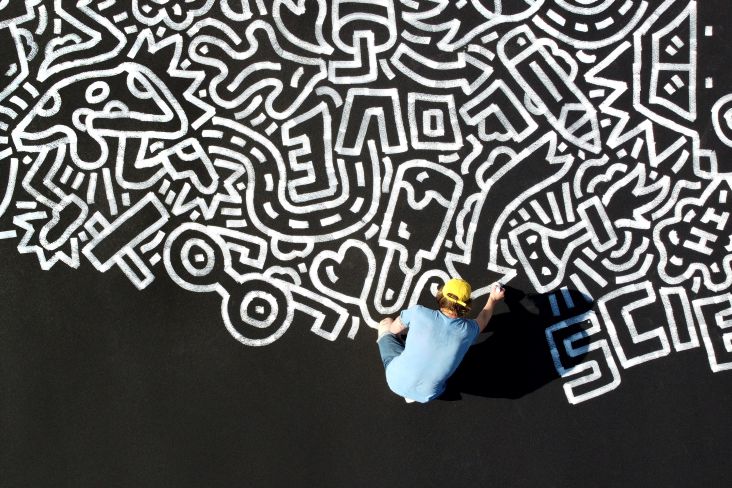
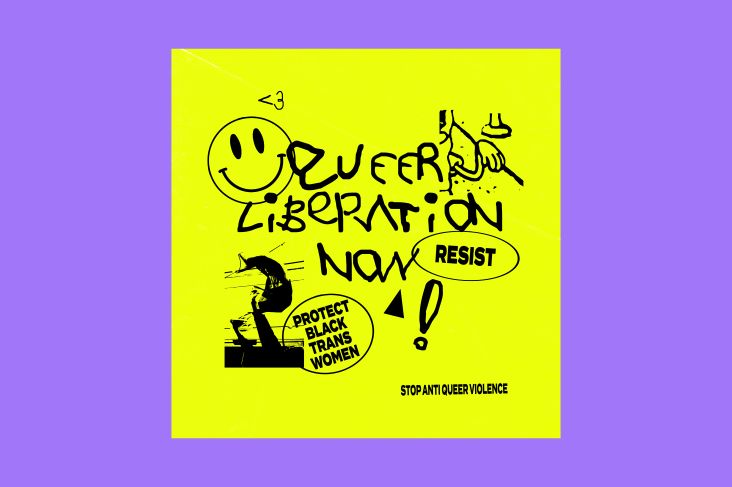
](https://www.creativeboom.com/upload/articles/58/582451020813fcd5ac2d0e70e52d028fdc16a819_732.jpg)
